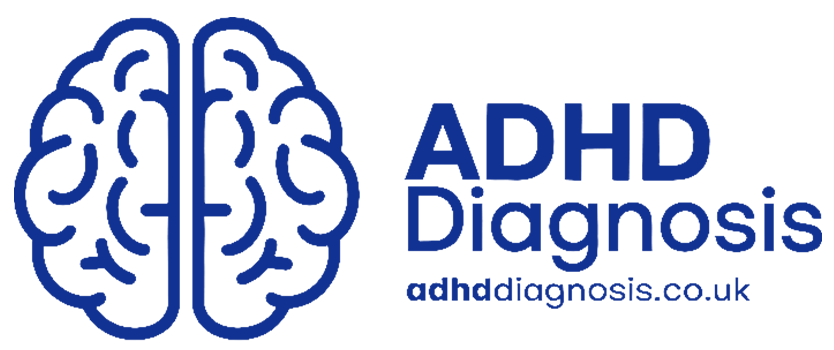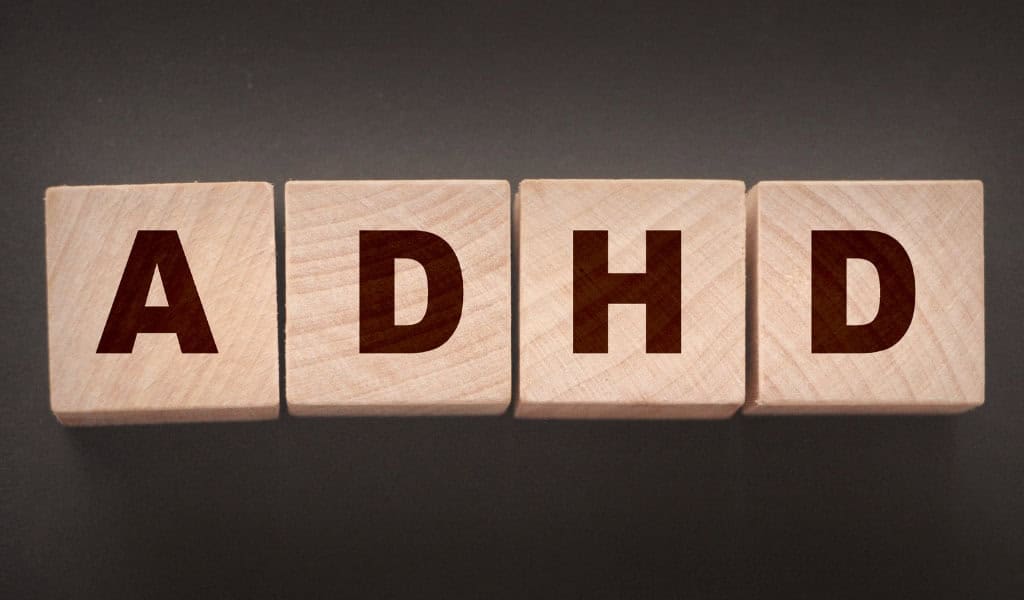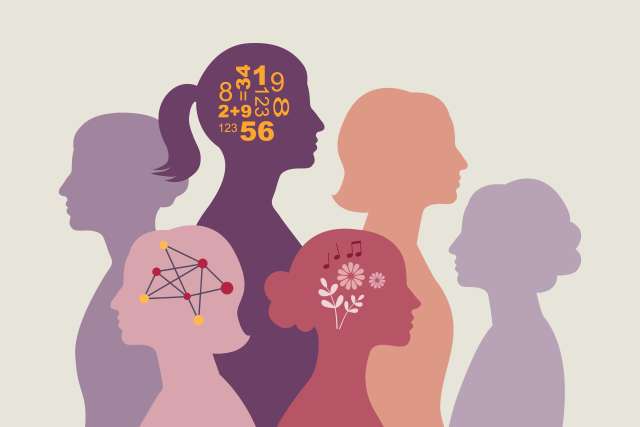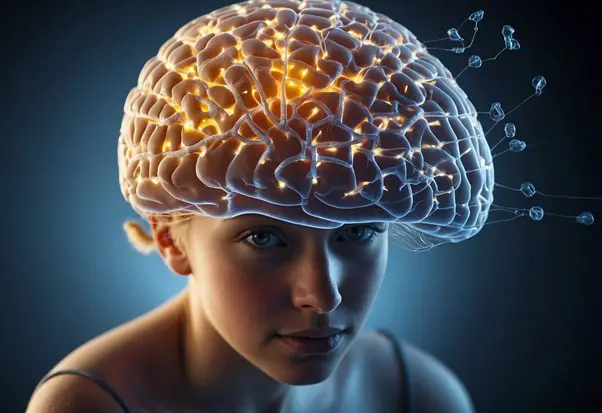Introduction
Attention Deficit Hyperactivity Disorder (ADHD) is a complex neurodevelopmental condition that affects how the brain regulates attention, behaviour, and impulse control. While ADHD is often viewed as a single condition, it actually comes in three distinct types:
- Inattentive Type
- Hyperactive-Impulsive Type
- Combined Type
Understanding the differences between these types is crucial for accurate diagnosis and effective treatment. In this blog, we’ll explore the characteristics, symptoms, and best treatment approaches for each type of ADHD.
What is ADHD?
ADHD is a condition that affects both children and adults, influencing how the brain processes information and regulates behaviour.
- ADHD is characterised by difficulties with:
- Attention and focus
- Impulse control
- Hyperactivity
- ADHD symptoms vary from person to person and are influenced by factors such as genetics, environment, and brain chemistry.
ADHD is classified into three primary types based on the dominant symptoms. Let’s explore each type in detail.
1. Inattentive Type ADHD
What is Inattentive ADHD?
Inattentive ADHD (formerly known as ADD – Attention Deficit Disorder) is characterised by difficulties with attention and focus without the hyperactivity or impulsiveness seen in other types of ADHD.
Key Symptoms of Inattentive ADHD:
- Difficulty paying attention to details or making careless mistakes
- Trouble sustaining focus on tasks or conversations
- Frequently losing items (e.g., keys, phones, school supplies)
- Forgetfulness in daily activities (e.g., appointments, chores)
- Struggling to follow instructions or complete tasks
- Avoiding tasks that require sustained mental effort
- Being easily distracted by external stimuli or unrelated thoughts
How It Affects Daily Life:
People with inattentive ADHD often appear:
- Disorganised
- Forgetful
- Daydreamy or ‘zoned out’
- Slow to process information
👉 Inattentive ADHD is more common in girls and women and is often overlooked because it doesn’t involve disruptive behaviour.
Best Treatment Approaches for Inattentive ADHD:
✅ Medication – Stimulants like methylphenidate (Ritalin) or non-stimulants like atomoxetine can help improve focus.
✅ Cognitive Behavioural Therapy (CBT) – Helps develop coping strategies and improve organisation.
✅ Lifestyle Changes – Exercise, diet, and mindfulness techniques can enhance attention and mental clarity.
2. Hyperactive-Impulsive Type ADHD
What is Hyperactive-Impulsive ADHD?
Hyperactive-Impulsive ADHD is characterised by excessive movement, restlessness, and difficulty with impulse control.
Key Symptoms of Hyperactive-Impulsive ADHD:
- Constantly fidgeting, tapping, or squirming
- Difficulty staying seated in situations where it’s expected
- Talking excessively or interrupting conversations
- Blurting out answers before a question is finished
- Trouble waiting for a turn (e.g., in conversations or games)
- Running or climbing in inappropriate settings
- Acting without thinking about consequences
How It Affects Daily Life:
People with hyperactive-impulsive ADHD often appear:
- Energetic and restless
- Impatient and impulsive
- Socially intrusive or disruptive
- Prone to risk-taking behaviour
👉 Hyperactive-Impulsive ADHD is more common in boys and tends to be diagnosed earlier due to the noticeable nature of hyperactive behaviour.
Best Treatment Approaches for Hyperactive-Impulsive ADHD:
✅ Medication – Stimulants can help regulate hyperactivity and improve impulse control.
✅ Behavioural Therapy – Helps individuals develop self-control and improve social interactions.
✅ Mindfulness and Relaxation Techniques – Yoga, breathing exercises, and mindfulness can help calm the nervous system.
3. Combined Type ADHD
What is Combined Type ADHD?
Combined Type ADHD is the most common form of ADHD. It features a combination of symptoms from both inattentive and hyperactive-impulsive types.
Key Symptoms of Combined ADHD:
- Trouble focusing on tasks and following instructions
- Difficulty sitting still or staying calm
- Impulsiveness in social and academic settings
- Forgetfulness and disorganisation
- Talking excessively and interrupting others
- Tendency to switch between tasks without completing them
How It Affects Daily Life:
People with Combined Type ADHD often experience:
- Difficulty in school or work due to inconsistent performance
- Social challenges caused by impulsive behaviour
- Trouble managing time and staying organised
- Emotional outbursts or frustration
👉 Combined Type ADHD is more challenging to diagnose because it involves a mix of symptoms from both inattentive and hyperactive types.
Best Treatment Approaches for Combined ADHD:
✅ Medication – A balanced approach using stimulants or non-stimulants to address both attention and impulse issues.
✅ Therapy – CBT can help with emotional regulation and building focus.
✅ Structure and Routine – Creating a structured daily routine helps with task completion and reduces overwhelm.
How ADHD Symptoms Vary by Age
ADHD symptoms often change with age.
In Children:
- Hyperactivity tends to be more prominent.
- Symptoms are more likely to affect school performance and social interactions.
In Teenagers:
- Hyperactivity may decrease, but inattention and impulsiveness often persist.
- Emotional regulation issues may become more noticeable.
In Adults:
- Hyperactivity tends to manifest as inner restlessness rather than physical movement.
- Inattention and impulsiveness can affect work, relationships, and personal organisation.
How to Identify the Type of ADHD You Have
Since ADHD symptoms often overlap, identifying the specific type can be challenging.
- Diagnosis is typically made through:
- Behavioural assessments
- Clinical interviews
- Symptom checklists based on diagnostic criteria from the DSM-5
- Working with a mental health professional is key to determining the correct diagnosis and treatment plan.
Why Identifying the Type of ADHD Matters
✅ Helps tailor treatment to the individual’s specific needs
✅ Improves medication and therapy outcomes
✅ Provides better coping strategies and support
Understanding which type of ADHD you have ensures that treatment is targeted and effective, improving overall quality of life.
Conclusion
ADHD is not a one-size-fits-all condition — the inattentive, hyperactive-impulsive, and combined types each present unique challenges and strengths. Identifying the specific type of ADHD is crucial for effective treatment and support.
With the right combination of medication, therapy, and lifestyle changes, people with all types of ADHD can thrive in their personal and professional lives.
Need Help with ADHD?
If you suspect that you or someone you know may have ADHD, seeking professional guidance is crucial. Early diagnosis and treatment can significantly improve focus, emotional regulation, and overall quality of life.
👉 Book an ADHD assessment with ADHDDiagnosis.co.uk to take the first step towards understanding and managing ADHD effectively.






